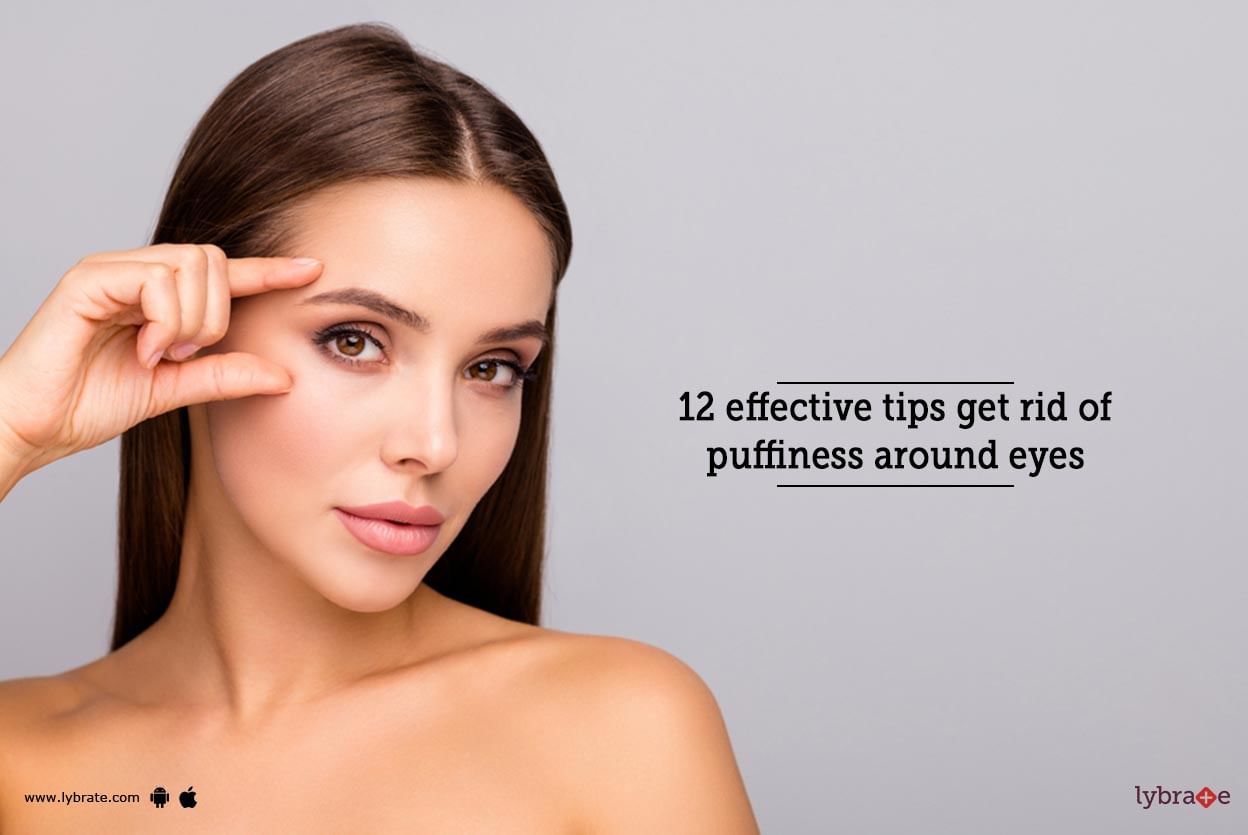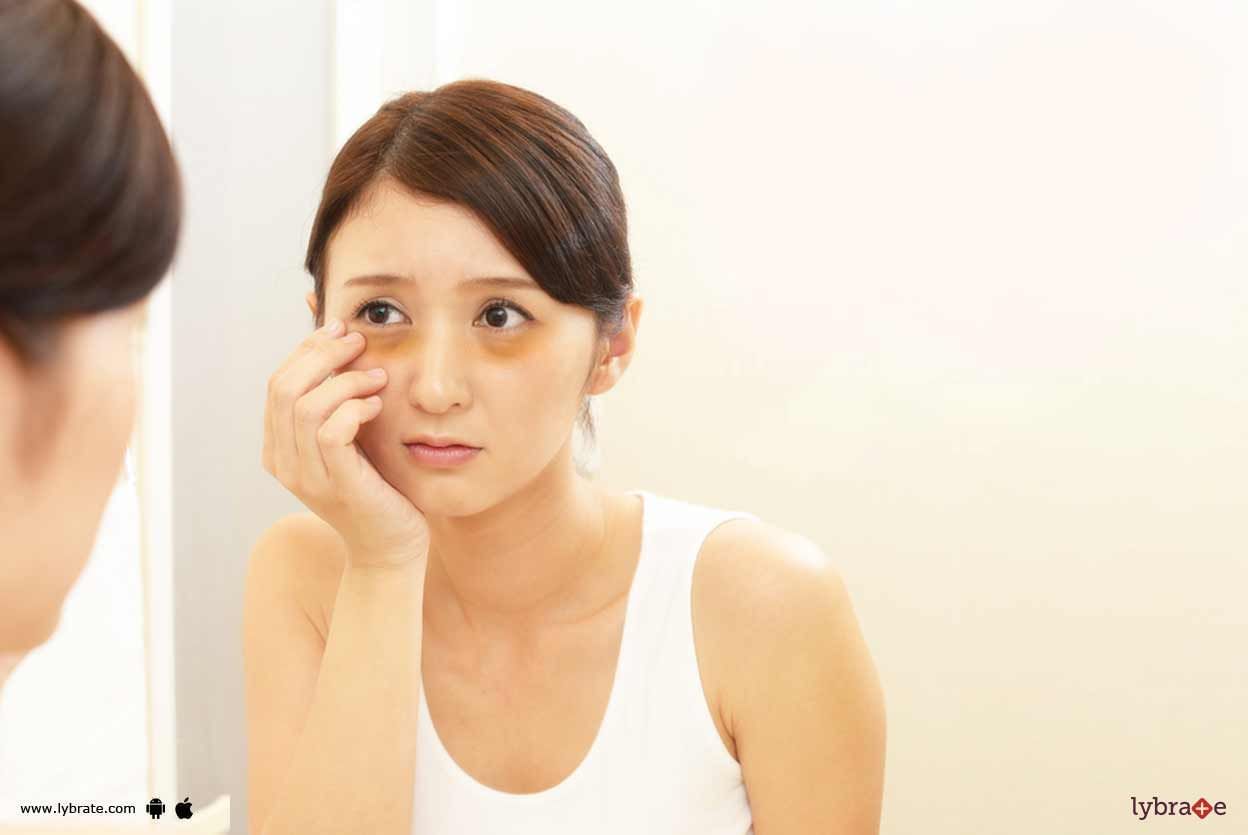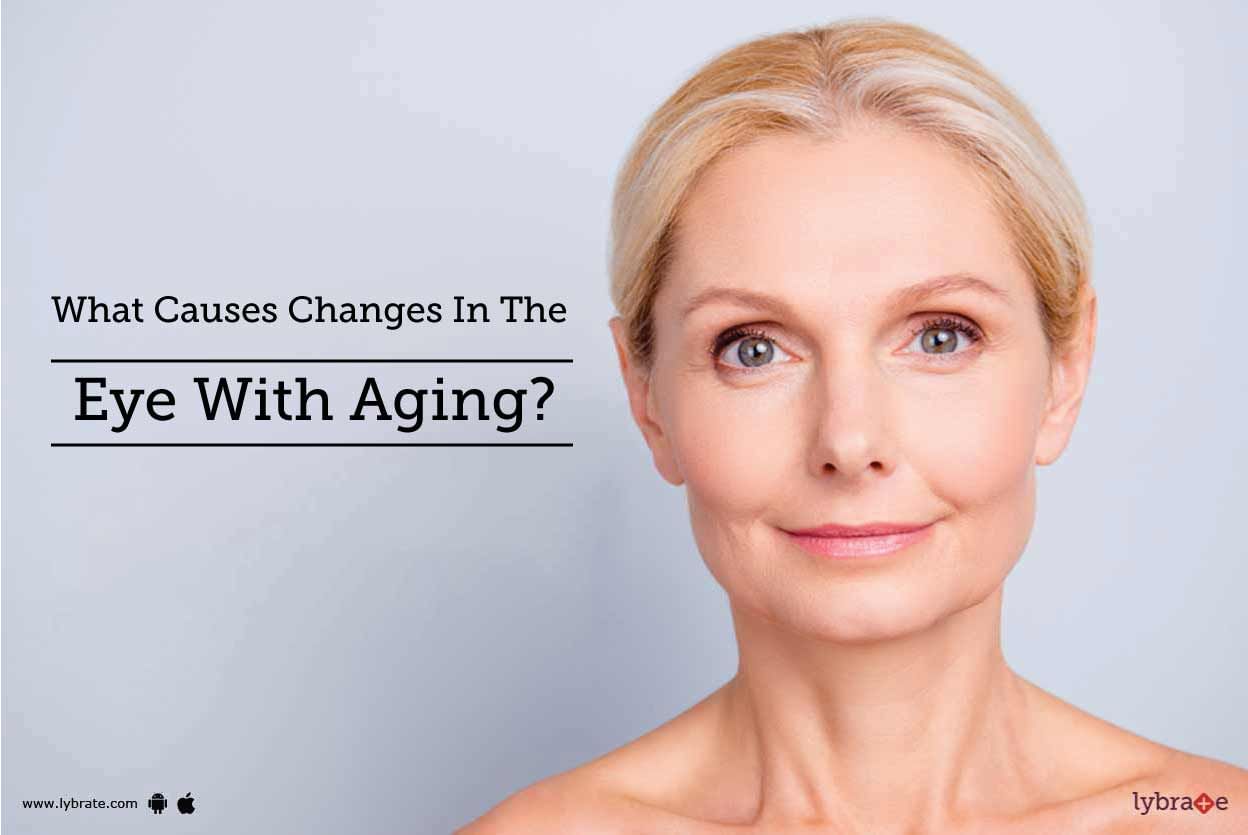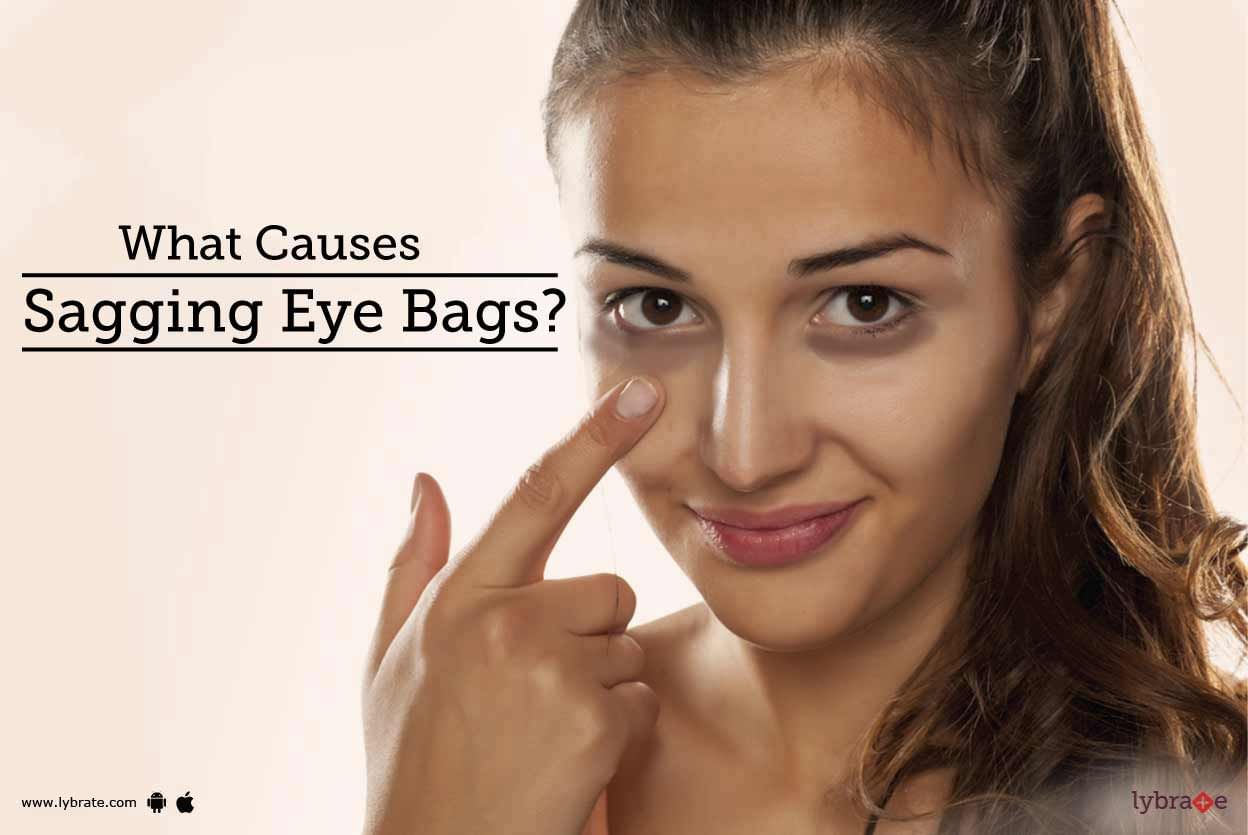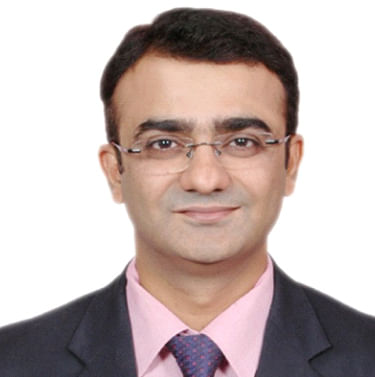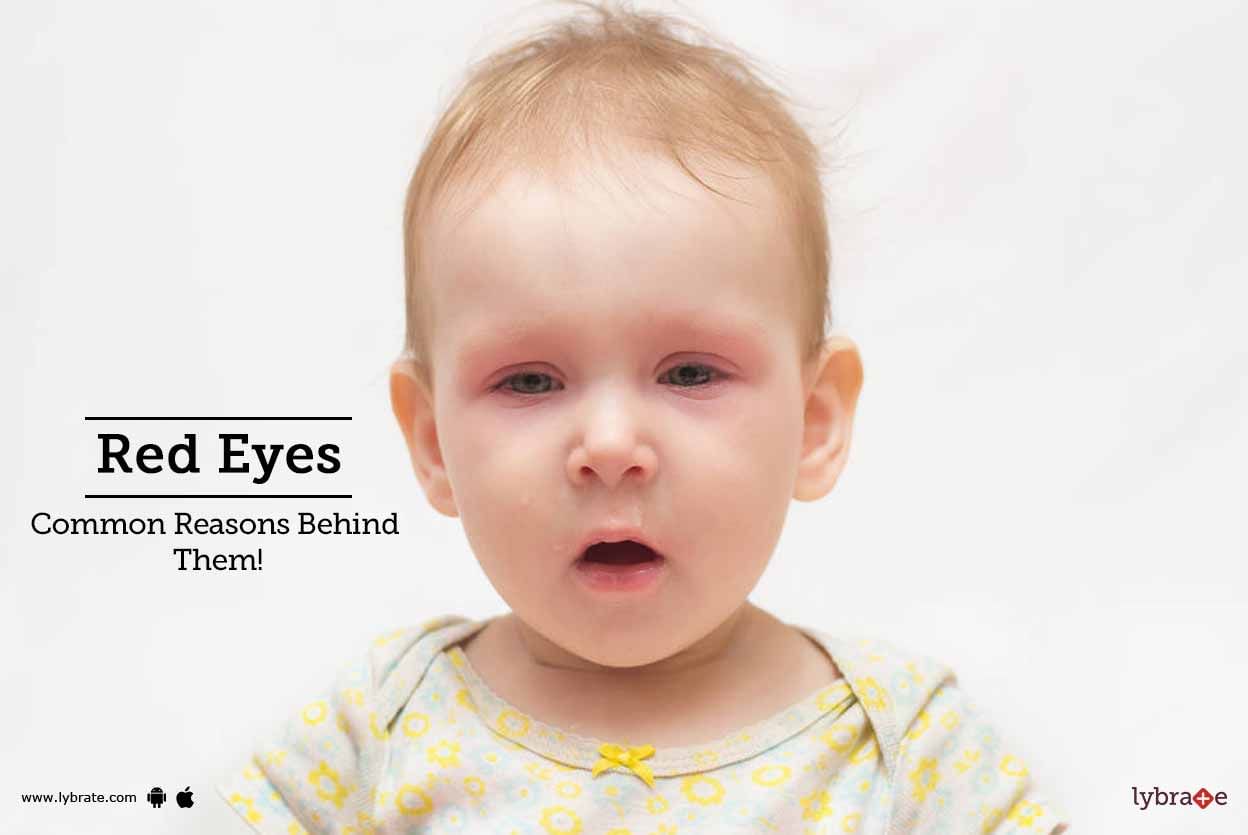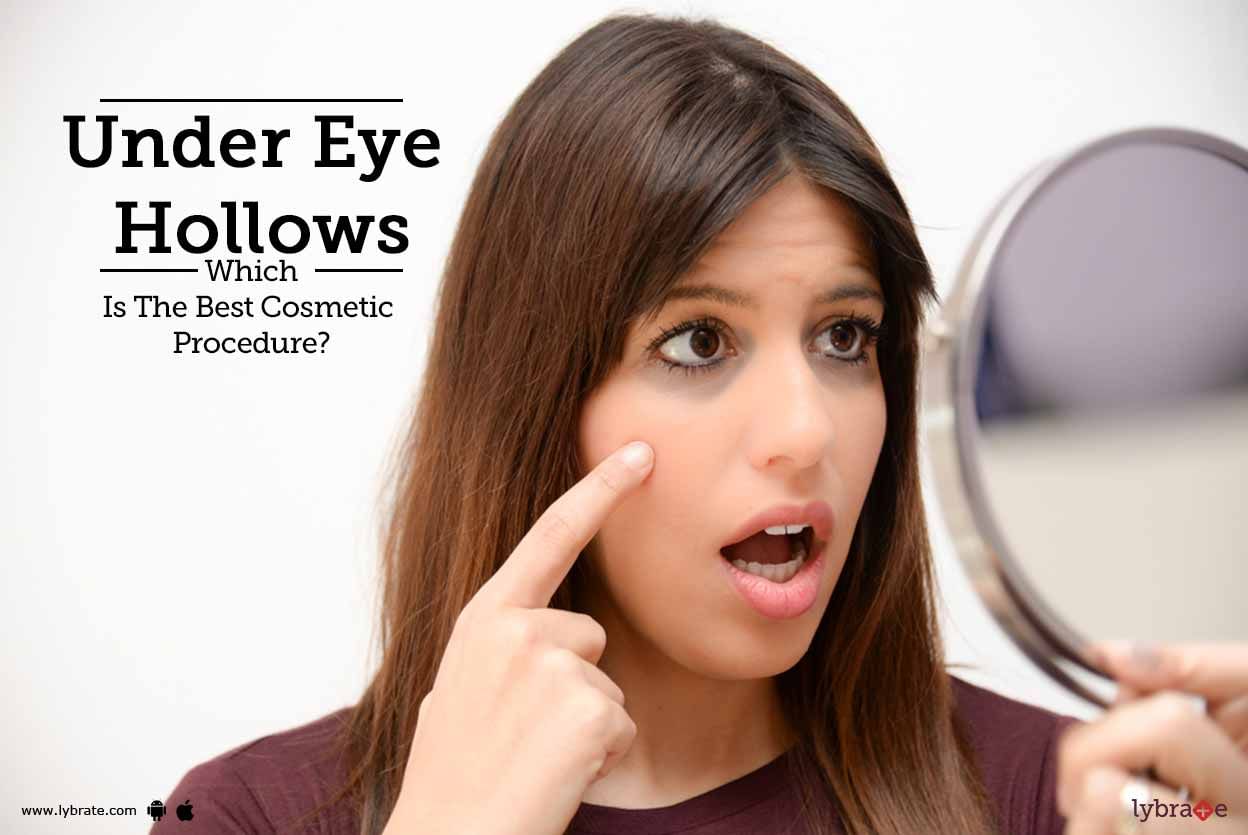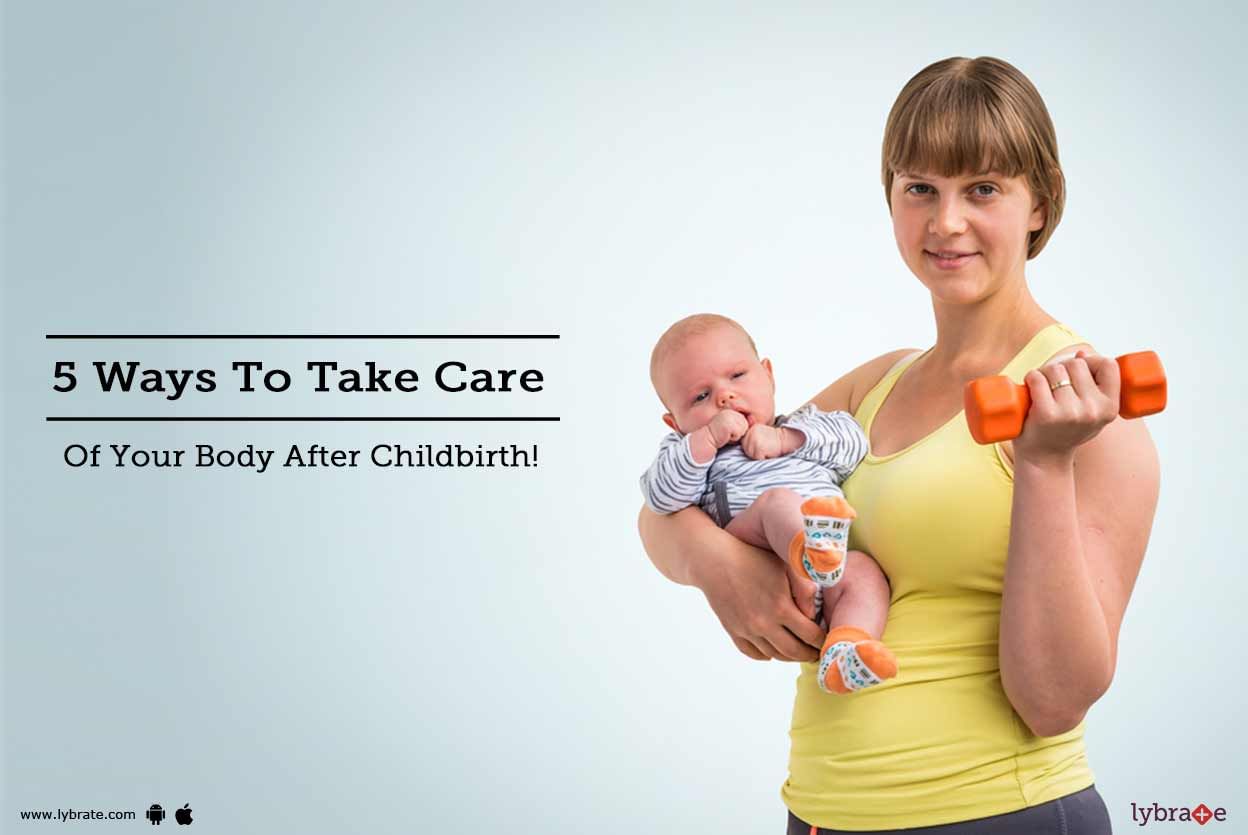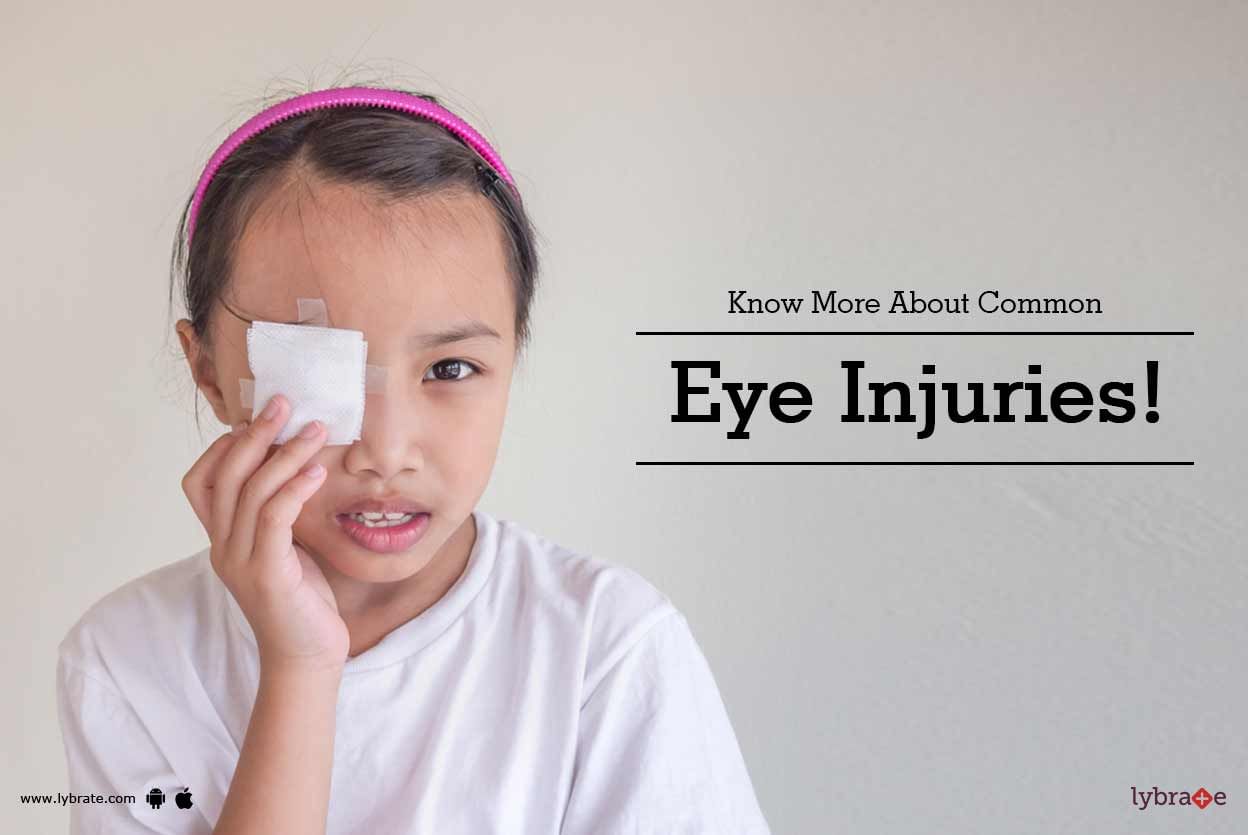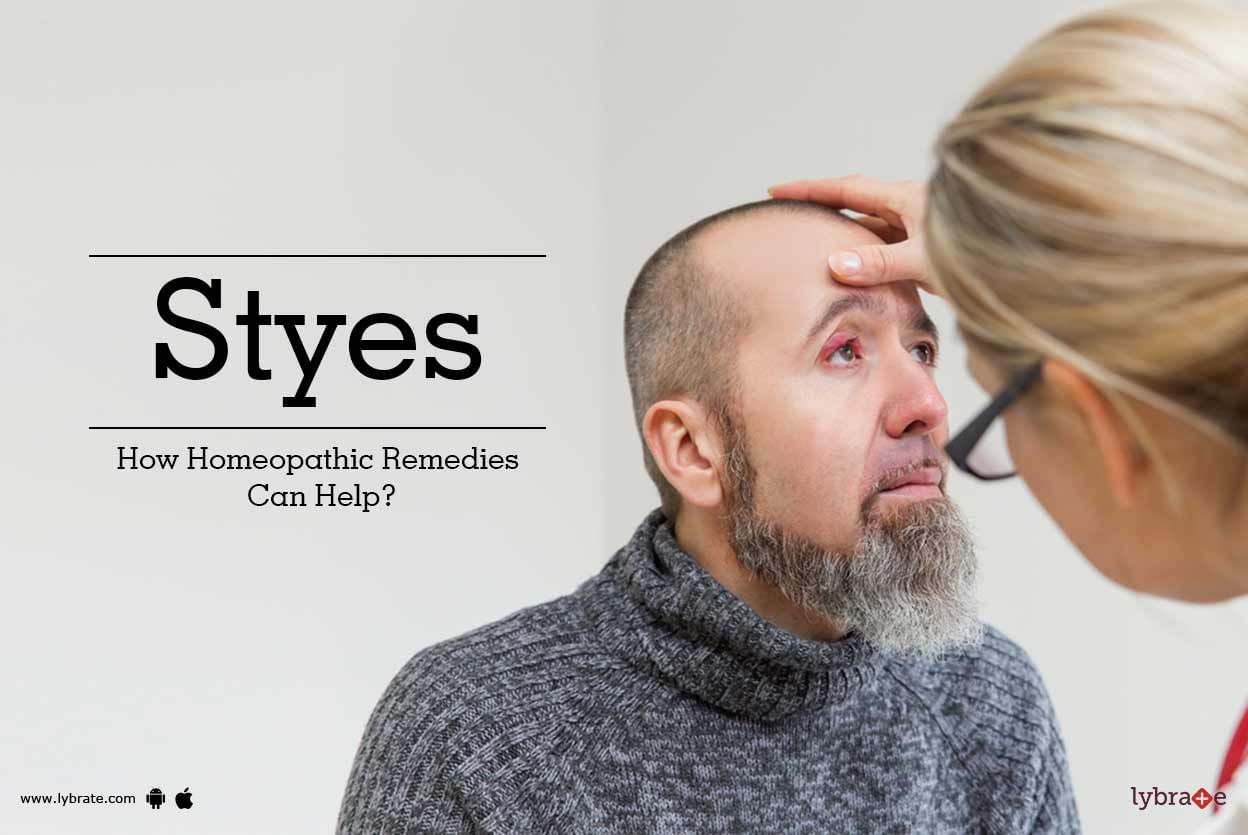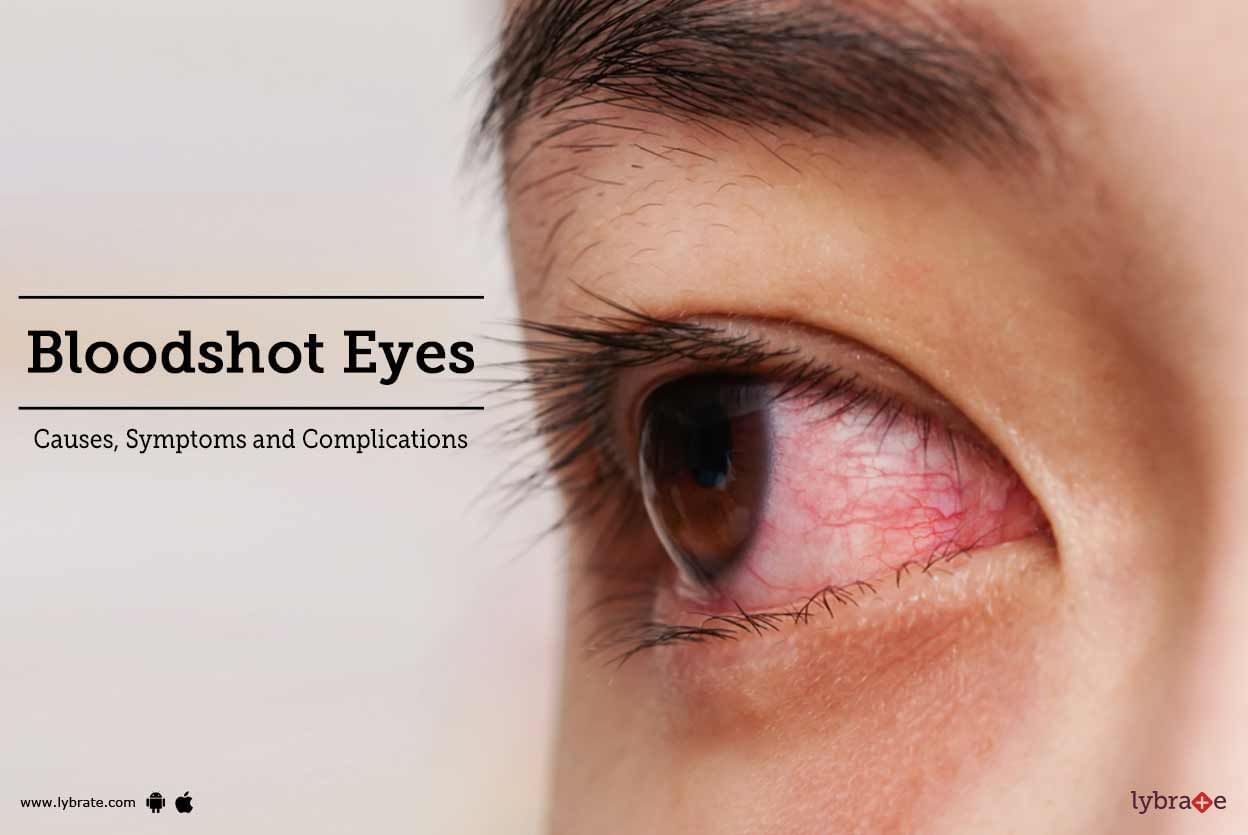Get the App
For Doctors
Login/Sign-up
Health Feed
Find Doctors
Health Packages
AllQ&AsTipsQuizzes
Swollen Eyes Tips
Last Updated: 3 years ago• Featured Tip
Share
Bookmark
Report
12 effective tips get rid of puffiness around eyes
Mild swelling or puffiness under the eyes leads to the formation of bags under the eyes. It is a very common occurrence when people start to age or because of weakening of the tissues around the eyes starts to happen. This weakening of tissues could also include the weakening of some muscles which are meant for supporting the eyelids of the person.
;
Appearance of puffiness is noticeable in the lower eyelid...more
Mild swelling or puffiness under the eyes leads to the formation of bags under the eyes. It is a very common occurrence when people start to age or because of weakening of the tissues around the eyes starts to happen. This weakening of tissues could also include the weakening of some muscles which are meant for supporting the eyelids of the person.
;
Appearance of puffiness is noticeable in the lower eyelid...more
666 people found this helpful
Last Updated: 6 years ago• Featured Tip
Share
Bookmark
Report
The skin around the eyes is usually one of the first areas to show signs of ageing. There are four noticeable changes that occur around our eyes as we get older. These are:
Sagging upper eyelids
Eye bags
Puffiness
Scleral show - when the lower white portion of the eyeball is excessively visible.
There are many causes for these conditions and they affect each person differently. While some people show signs of ageing early, others continue to look youthful for longer. Le...more
Sagging upper eyelids
Eye bags
Puffiness
Scleral show - when the lower white portion of the eyeball is excessively visible.
There are many causes for these conditions and they affect each person differently. While some people show signs of ageing early, others continue to look youthful for longer. Le...more
Last Updated: 6 years ago• Featured Tip
Share
Bookmark
Report
The skin around the eyes is usually one of the first areas to show signs of aging. There are four noticeable changes that occur around our eyes as we get older. These are:
- Sagging upper eyelids
- Eye bags
- Puffiness
- Scleral show- when the lower white portion of the eyeball is excessively visible.
There are many causes for these conditions and they affect each person differently. While some people show signs of aging early, others continue to look youthful fo...more
- Sagging upper eyelids
- Eye bags
- Puffiness
- Scleral show- when the lower white portion of the eyeball is excessively visible.
There are many causes for these conditions and they affect each person differently. While some people show signs of aging early, others continue to look youthful fo...more
Last Updated: 6 years ago• Featured Tip
Share
Bookmark
Report
DNB (Plastic Surgery), DNB General Surge...read more
Cosmetic/Plastic Surgeon•Pune
The skin around the eyes is usually one of the first areas to show signs of aging. There are four noticeable changes that occur around our eyes as we get older. These are:
Sagging upper eyelids
Eye bags
Puffiness
Scleral show - when the lower white portion of the eyeball is excessively visible.
There are many causes for these conditions and they affect each person differently. While some people show signs of aging early, others continue to look youthful for longer. Let's...more
Sagging upper eyelids
Eye bags
Puffiness
Scleral show - when the lower white portion of the eyeball is excessively visible.
There are many causes for these conditions and they affect each person differently. While some people show signs of aging early, others continue to look youthful for longer. Let's...more
Last Updated: 7 years ago• Featured Tip
Share
Bookmark
Report
Red or bloodshot eyes occur when there is a dilation of the blood vessels on the white part of the eye, also called as sclera. One or both the eyes can experience redness which can be accompanied by itching, pain in the yes, eye-discharge, swelling in the eye and other symptoms.
Red eye is related to
Subconjunctival haemorrhage- when one or more blood vessels on the sclera burst open
Blephartis- a condition of inflamed eyelids
When there is a red bump on the eye lid (S...more
Red eye is related to
Subconjunctival haemorrhage- when one or more blood vessels on the sclera burst open
Blephartis- a condition of inflamed eyelids
When there is a red bump on the eye lid (S...more
Last Updated: 7 years ago• Featured Tip
Share
Bookmark
Report
Had you not rested properly, it will be seen in your eyes. And, eyes, are an important aspect that enhances the beauty of a person. If you are living with under eye hollows, you may want to get a fix as it would spoil your outlook.
Undereye hollows are the opposite of having puffy eyes. The problem is not very visible in people with fuller faces, but if you happen to have a slender face, it can be evident. The cause of under eye hollows is attributed to a lack of fat in the eye region. ...more
Undereye hollows are the opposite of having puffy eyes. The problem is not very visible in people with fuller faces, but if you happen to have a slender face, it can be evident. The cause of under eye hollows is attributed to a lack of fat in the eye region. ...more
Last Updated: 7 years ago• Featured Tip
Share
Bookmark
Report
Childbirth is a very strenuous procedure, one has to undergo. Just like pregnancy, vaginal childbirth can take a toll on your health. But, there are certain simple tips and tricks you can have up your sleeves which can ensure you stay in optimal health post child birth.
Listed below are a few steps one can undertake to take care of your body after childbirth:
A healthy meal: Since childbirth, both vaginal and C-section, are strenuous procedures, you should choose to ...more
Listed below are a few steps one can undertake to take care of your body after childbirth:
A healthy meal: Since childbirth, both vaginal and C-section, are strenuous procedures, you should choose to ...more
Last Updated: 8 years ago• Featured Tip
Share
Bookmark
Report
While it's assumed that numerous eye injuries are inflicted at work, just about the same number of them may happen while at home.
Luckily, most eye wounds are preventable. Find ways to prevent eye injuries, as the eyes are very sensitive and delicate.
Here is a list of some of the most common eye injuries and tips on how to prevent them:
- A lot of eye injuries happen from dust particles entering the eyes, causing itching and burning sensation. Protective glasses sho...more
Luckily, most eye wounds are preventable. Find ways to prevent eye injuries, as the eyes are very sensitive and delicate.
Here is a list of some of the most common eye injuries and tips on how to prevent them:
- A lot of eye injuries happen from dust particles entering the eyes, causing itching and burning sensation. Protective glasses sho...more
Last Updated: 8 years ago• Featured Tip
Share
Bookmark
Report
Styes are normally caused by a proliferation of natural bacterial flora within the eye. This causes an inflammatory reaction and is known to affect children more than adults. It resembles a pimple in exterior appearance and may grow both inside and outside of the eyelid. The symptoms of styes include redness, pain, swelling and tenderness. Though the styes do not lead to any kind of visual problems, they can cause significant discomfort.
What can cause styes?
Your eyelids have lots ...more
What can cause styes?
Your eyelids have lots ...more
Last Updated: 8 years ago• Featured Tip
Share
Bookmark
Report
MBBS Bachelor of Medicine and Bachelor o...read more
Ophthalmologist•Navi Mumbai
Bloodshot eyes indicate the reddening of the eye vessels. They can cause irritation and make the eye swollen. The condition may arise due to allergies, eye infections, allergies, fatigue and other illness of the eye. It does not signify a disease but indicates an eye condition which might have caused the eye to redden. Bloodshot eyes can be encountered in one or both the eyes.
Causes of Bloodshot Eyes:
One of the frequent causes of bloodshot eyes is irritants such as dry air, p...more
Causes of Bloodshot Eyes:
One of the frequent causes of bloodshot eyes is irritants such as dry air, p...more
Book appointment with top doctors for Swollen Eyes treatment
View fees, clinic timings and reviews
Ask a free question
Get FREE multiple opinions from Doctors
posted anonymously

